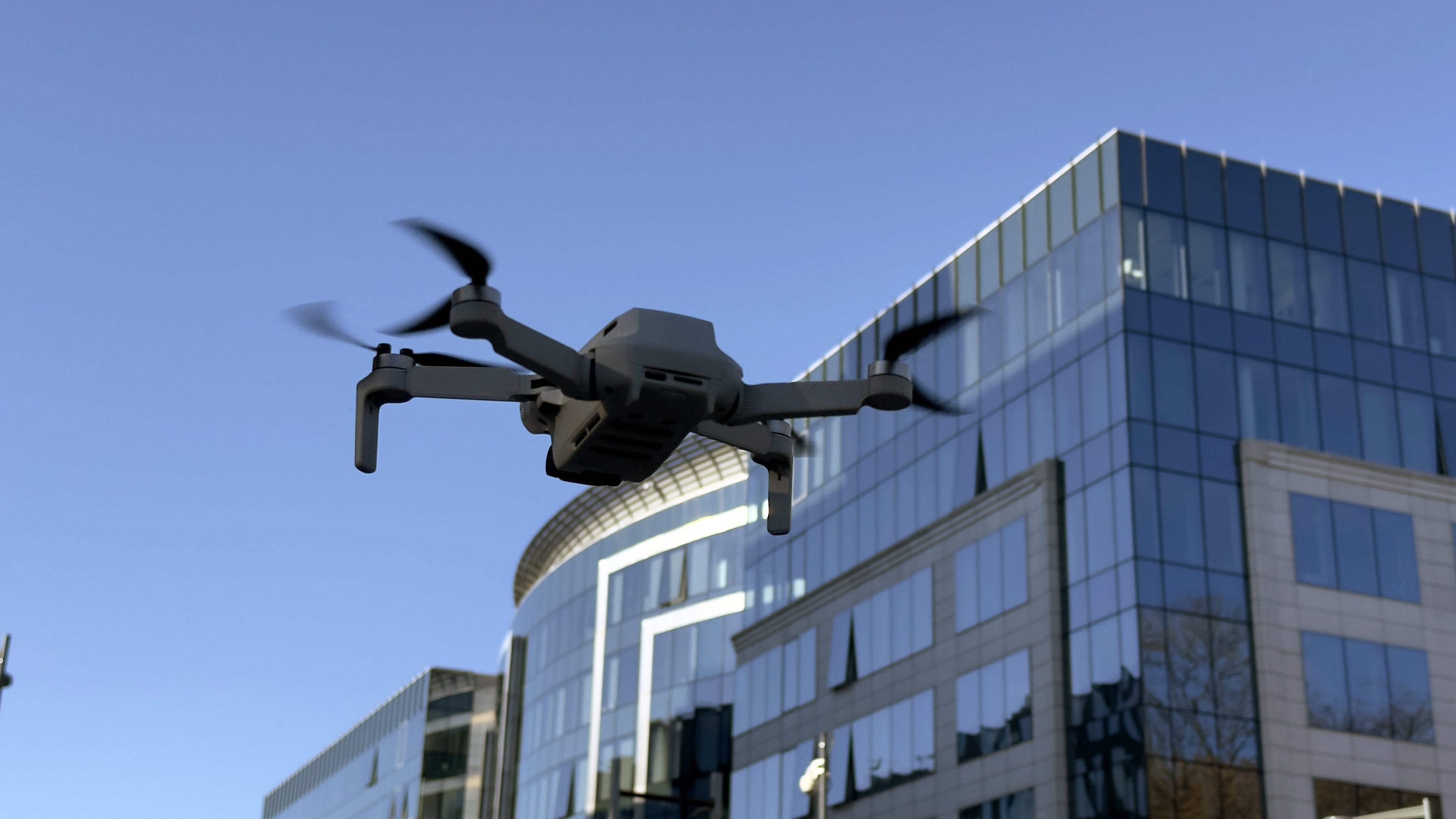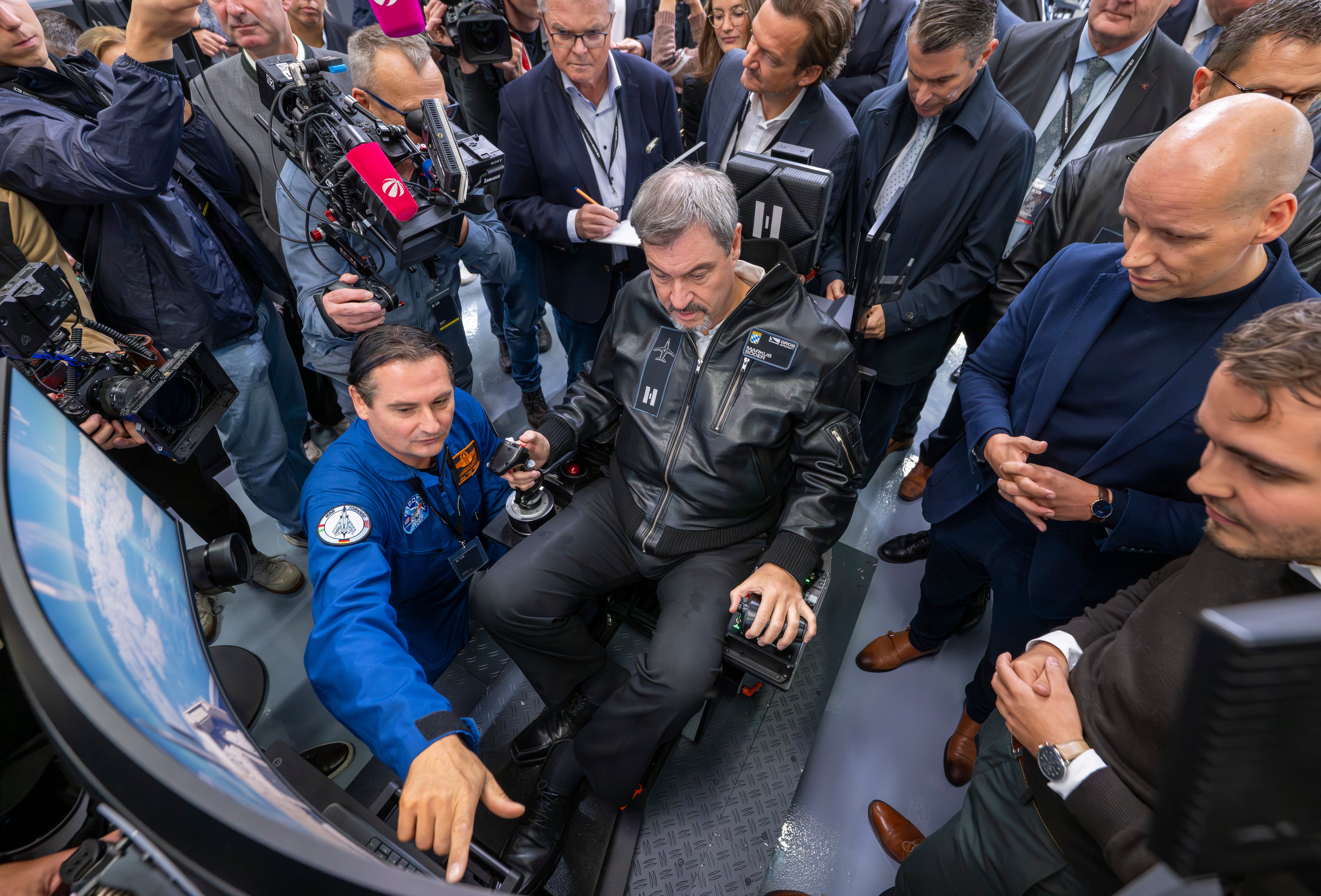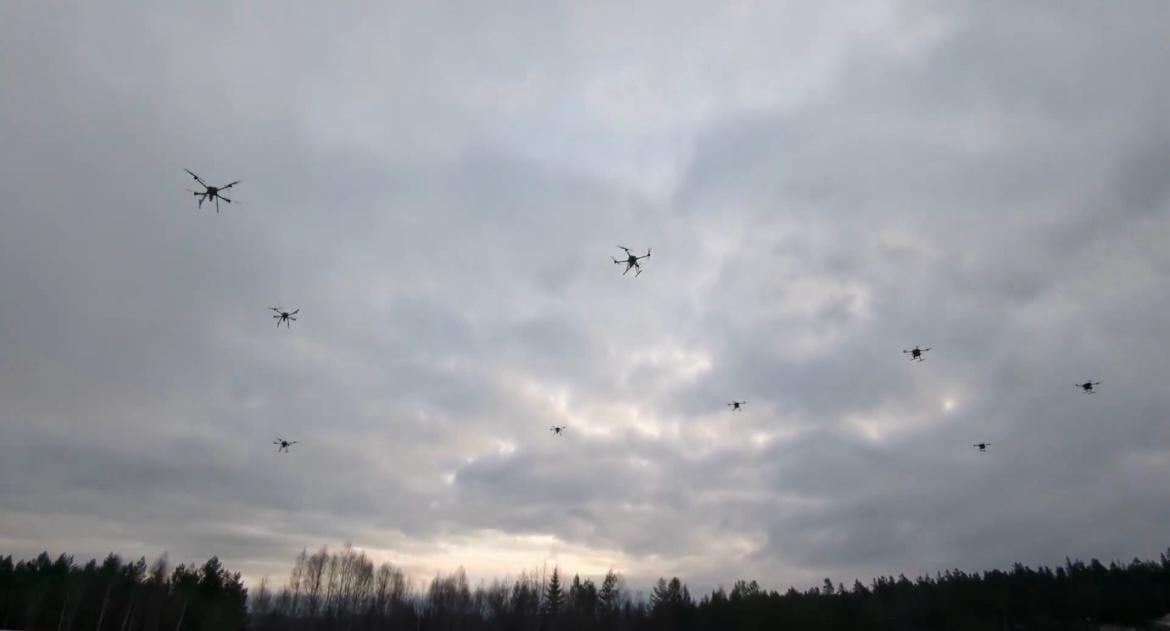Intelligence, surveillance and reconnaissance are vital aspects of any military operation, but the technologies that empower it — an array of sensors, antennas, unmanned platforms, networks and a great deal more — ages fast.
In addition, the type of warfare the military fights today is much different than the operations that shaped much of the ISR mission mentality. As a result, the Defense Department is looking for new ideas.
DoD "has put the big defense contractors on notice that they need to be as innovative as a startup is when it comes to fielding new ISR systems, said Col. Cedric Leighton (ret.), a former deputy director of training for the National Security Agency and chairman of Cedric Leighton International Strategies.
For example, the military is in many cases forced to use sensors that have very limited ability to share the information they gather. The goal now is to develop and implement technologies that collaborate freely, said Joe Durek, deputy director of the Modeling and Simulation Division of the Communications-Electronics Research, Development and Engineering Center (CERDEC) Night Vision and Electronic Sensors Directorate in Fort Belvoir, Virginia.
"We shouldn't need countless server racks to do this, and a solider shouldn't need a Ph.D. to configure all these," Durek said.
To learn more about the new technology needs of ISR and some of the efforts to address them, download our free report, "Rethinking ISR." Find it and other information resources here.








